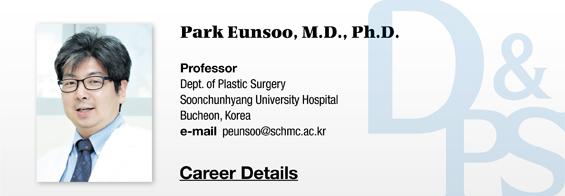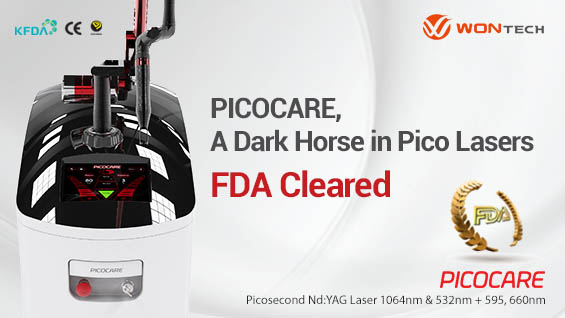In just a few days, several layers of microbes form over the surface of the matrix and these micro-colonies release a layer of slimy glycocalyx. Bacteria determine whether the host is big enough for them to form glycocalyx through inter-cellular communication. This process is called quorum sensing.
After quorum sensing, many proteins and viral factors are released which are responsible for building the biofilm. Once a biofilm is created, pathogens are protected from the defense mechanism of the host and progress into resistant infection on the patient’s tissues or medical equipment surfaces. Biofilms also release various harmful substances such as wastes, oxygen radicals, antigens, enzymes, and toxins, etc. into surrounding tissues. This chronically maintains the immune response at a low level.
[Advertisement] PICOCARE - Manufacturer: WONTECH(www.wtlaser.com)
Combining The Molecular Diagnostic Method and Direct Microscopy
When a bacterial biofilm forms over the wound, its protective wall delays wound healing. Biofilms also cause inflammation in surrounding tissues to interfere with the recovery phase. The host does have inherent tendency to inhibit biofilm formation in the wound, however, the host’s defense mechanism weakens as the biofilm matures. The very first study on biofilm in human wounds was published in 2008. Continuous activation of neutrophils was confirmed in ulcer infected with pseudomonas aeruginosa and continued inflammatory response was found to delay wound healing. A recent study also found biofilm in patients with diabetic foot ulcers and synergistic effects of simultaneous action of various bacteria.
In the past decades, the only way to detect biofilms was microscopic examination, however, laser microscopy, electron microscopy, and fluorescent microscopy and other diagnostic imaging technology have recently become available and continue to advance. In the newest development, molecular diagnosis using DNA sequencing of nucleic acid has been introduced and research is underway on how this can be used to clarify the etiological mechanism of biofilm.
One disadvantage of these new technologies is that they are time-consuming and costly. Direct microscopy is a method where a doctor directly observes the wound suspected of biofilm infection using an optical microscope or electron microscope. This is a quick and affordable diagnostic method allowing the doctor to confirm where biofilms exist and helps quickly determine an effective treatment. Today, combining the molecular diagnostic method and direct microscopy is recommended as the most effective diagnostics.
-To be continued





















